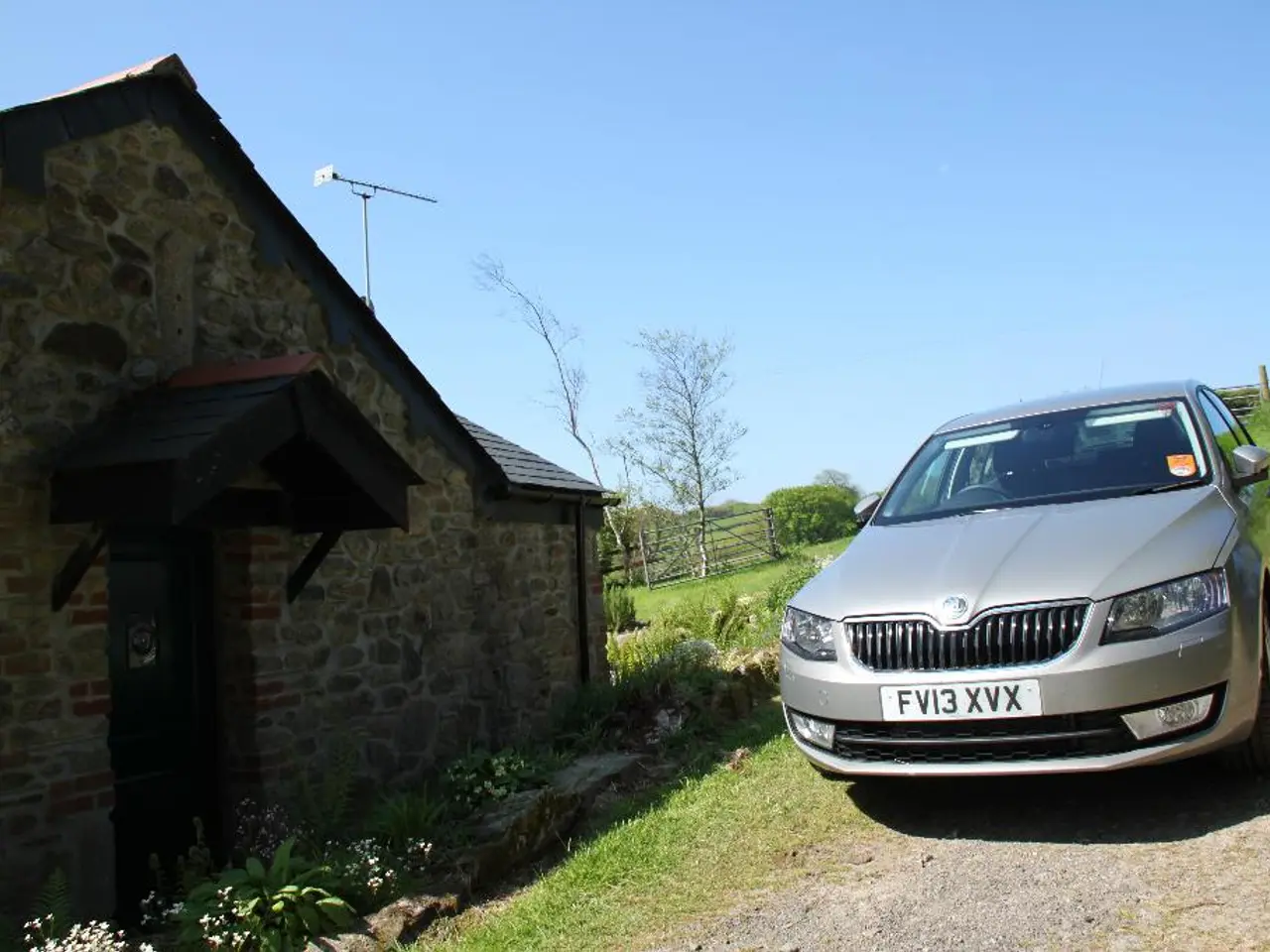Germany's Coal Phaseout: A Balancing Act Between Industry and Emissions
Germany, with manufacturing contributing 23% to its GDP compared to 11% in the UK, faces challenges in phasing out coal. The UK, however, plans to close all coal plants by 2025, while Germany aims for 2035, with significant expansions in gas power plants.
Germany's coal phaseout plan includes shutting down plants like Weisweiler, Jänschwalde, and Boxberg, and increasing gas power capacity from 22,400 to 35,000 MW by 2030. This is part of the Energiewende policy, which also targets emission reductions in construction and mobility sectors. Despite plans to phase out nuclear power by the end of 2022, Germany is expected to make progress in the power sector by 2030, with coal power likely to decrease rapidly.
The UK's aggressive coal phaseout, driven by its carbon floor price, has led to an 84% reduction since 2012. Germany, however, has only reduced coal power by 13% during the same period. To achieve a 55% carbon reduction by 2030, Germany would need to lower emissions by 2.5 percentage points annually. This is challenging but not impossible, even with the nuclear phaseout.
Germany's manufacturing sector and significant coal reserves make the coal phaseout politically challenging. Despite this, the country is expected to make significant progress in the power sector by 2030, with coal power likely to decrease rapidly. The UK's more aggressive phaseout serves as a benchmark for Germany's ambitious but achievable targets.





